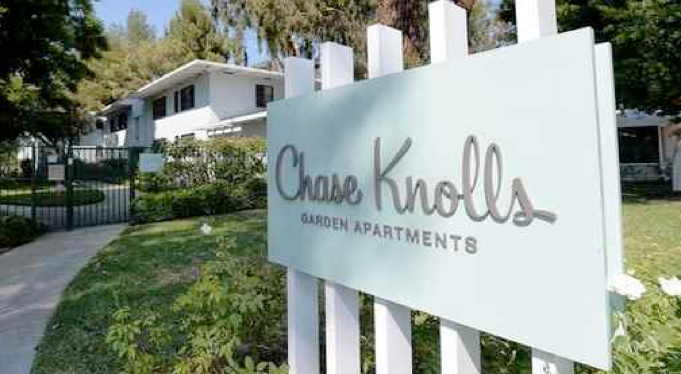Measure ‘M’ Stands for Moving Forward and Making Amends … Together
ELECTION 2016--After seeing the last presidential debate and witnessing the last 48 hours of insanity and hypocrisy take over the nation with respect to "who owes whom an apology", it struck me that--in a different but very real way--this traffic-plagued, overtaxed County of the Angels has been harmed not only by past misdeeds but by the need to dwell on them.
I won't get into any presidential politics (not now, at least), but I will say that there are times to talk, and to debate, and to apologize, and then there are times to ACT:
1) There are a few reasons why, until recently, I was on the fence for Measure M--but no longer. In a nutshell, the ultimate factor in my decision was the amazingly popular response and increase in ridership from the far-flung Westside and San Gabriel Valley regions, which now each have their own light rail lines.
2) The openings of these lines were followed by a loud outcry from the San Fernando Valley and South Bay Cities about how long it would take for them to get an Orange Busway-to-Rail Line conversion and a South Bay Green Line Extension.
3) And I learned from attending key Eastside Light Rail meetings that those regions wanted inclusion into the Metro Rail Network. Apparently, ditto for the Southeast Los Angeles Cities.
It is certainly easier (and tempting!) to tell the civic leaders of the San Fernando Valley, South Bay, and Southeast Cities that they OWE their own constituents and the rest of the county a bevy of apologies for their misbehavior:
1) After witnessing the cowardice of the political leaders of the San Fernando Valley fail to repeal the Robbins Bill, and allow the Orange Line to be built as a light rail the first time, it would be tempting--yet self-defeating--to tell that region to go pound sand.
2) After witnessing how a few small-minded South Bay leaders (and they know who they are!) obstruct and prevent the South Bay Green Line Extension from being prioritized for years, it would be tempting--yet self-defeating--to "punish" and tell that region to wait.
3) Aftering witnessing how a few conflicted Southeast/Gateway Cities leaders (conflicted as in ambivalent, while others were conflicted as in conflicts of interest) led their region on a quixotic quest to make the Santa Ana Rail Right of Way a MagLev high speed rail line, it would also be tempting--yet self-defeating--to "punish" that region and making them wait.
Because it's the old adage of "when you point one finger at someone else, there are three fingers pointing back at you".
Because there is plenty of baggage and bad history with the Expo Line and Gold Line Construction Authorities...and their leaders are so guilty of past bad behavior that whether it's human nature, the nature of politics, or just dumb luck that the Mid-City, Westside, and San Fernando Valley got their rail lines first, it's pointless to trot out old regional missteps.
Because we have a Metro Long Range Transportation Plan that ranks the different rail lines (and freeway projects, too!!!) in terms of cost-effectiveness, and that is only tangentially related to Measure M, the half-cent sales tax which extends funding for transportation for decades to come.
If Measure M is to be passed Tuesday, November 8th, then it is entirely reasonable and appropriate to demand that certain battles and changes take place on Wednesday, November 9th:
1) For example, I very much DO want the Orange Line Busway to be converted into a light rail...and sooner, not later. And I am not alone.
2) I very much DO want a South Bay Green Line Extension to Torrance, with a Major Investment Study, to boot, of linking the Green Line to San Pedro and the Blue Line. And I am not alone.
3) I very much DO want a Southeast/Gateway Cities rail line to connect that portion of the county with the Green Line and Union Station, with a Major Investment Study, to boot, of revisiting the Green Line Eastern Extension to the Norwalk Metrolink Station. And I am not alone.
In my last CityWatch article, I mentioned a "domino effect" of regions wanting "in" to the budding county passenger rail network that would be established once Metro Rail connected to LAX, and once the MetroRail system became a logical network with the Downtown Light Rail Connector.
Well, that's going to happen by 2022-24. Perhaps it's the Olympics bid, perhaps it's a host of other factors, but that's going to happen.
But the system established by the Metro Long Range Transportation Plan requires a hard, tough prioritizing of projects that forces the regions of our large and balkanized county to work together. In other words, if YOU want something for YOUR region, you had better be prepared to put up your dukes for the other regions' projects.
Because until those higher-ranked projects have to be paid for before YOUR project will be properly funded and constructed.
Right now we've got major parts of the county (particularly from the south and east) who want their own rail lines, and their major complaint about Measure M is that it doesn't go FAR enough to guarantee and expedite each region's rail lines.
Which sounds like there are quite a few battles and changes to be made on November 9th...but they can ONLY be fought until Measure M passes!
So while it would certainly be a fine and timely idea to have Mayor Garcetti, Westside Councilmember Mike Bonin, and other Metro leaders demand an expedited South Bay Cities Green Line, and an expedited Southeast Cities Light Rail Line ...
... and while it would certainly be a fine and timely idea to make those two rail lines a major talking point in the Hahn/Napolitano county supervisor race...
... it behooves our county to pass Measure M and let old screwups remain in the irrelevant dustbin of past failed ideas and misguided efforts.
... and on the day AFTER a passed Measure M, we can ALL put up our dukes together to demand federal and state matching grants to build the rest of our countywide rail network, after we've shown Washington,DC and Sacramento that we're willing to put our money where our collective mouth is.
(Ken Alpern is a Westside Village Zone Director and Board member of the Mar Vista Community Council (MVCC), previously co-chaired its Planning and Outreach Committees, and currently is Co-Chair of its MVCC Transportation/Infrastructure Committee. He is co-chair of the CD11Transportation Advisory Committee and chairs the nonprofit Transit Coalition, and can be reached at [email protected]. He also co-chairs the grassroots Friends of the Green Line at www.fogl.us. The views expressed in this article are solely those of Mr. Alpern.)
-cw



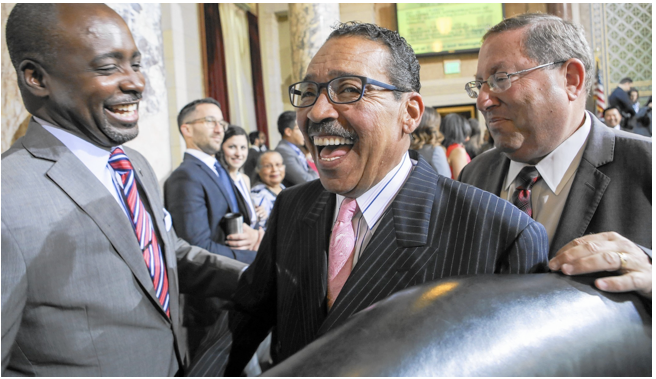



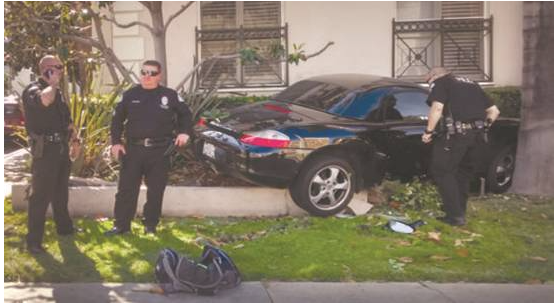
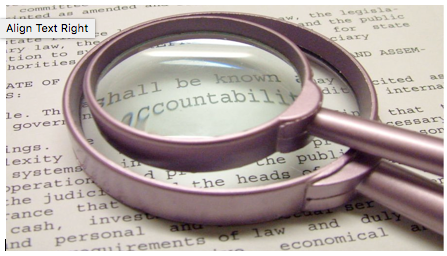

 "Historically, megadroughts were extremely rare phenomena occurring only once or twice per millennium," the study observes. "According to our analysis of modeled responses to increased [greenhouse gas emissions], these events could become commonplace if climate change goes unabated."
"Historically, megadroughts were extremely rare phenomena occurring only once or twice per millennium," the study observes. "According to our analysis of modeled responses to increased [greenhouse gas emissions], these events could become commonplace if climate change goes unabated."


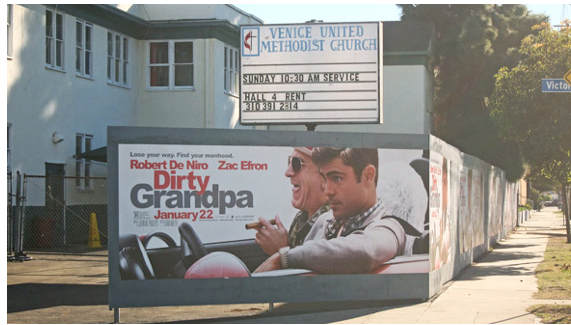

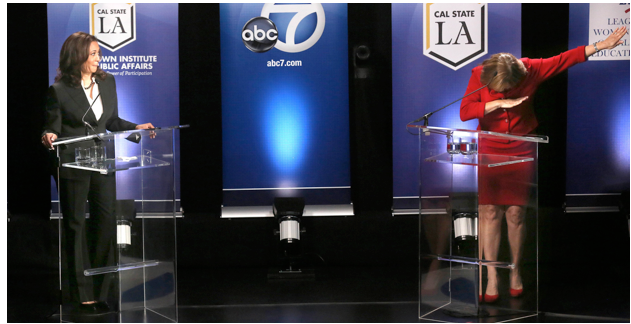
 Word salad Sanchez: For her part, Sanchez was smarmy, scatterbrained, snarling and sarcastic. At least her self-dramatic digressions were long-winded. To her credit, she did roll out an entertaining series of creative gestures to distract from her semi-coherent verbal frolics, at one point forming a little hand puppet mouth while saying that Kamala was all talk and no action, and, at another, shooing the air in her foe’s direction, like a fairy princess dismissing the wicked witch from her kingdom. Sadly for Sanchez, Harris totally clobbered her on her
Word salad Sanchez: For her part, Sanchez was smarmy, scatterbrained, snarling and sarcastic. At least her self-dramatic digressions were long-winded. To her credit, she did roll out an entertaining series of creative gestures to distract from her semi-coherent verbal frolics, at one point forming a little hand puppet mouth while saying that Kamala was all talk and no action, and, at another, shooing the air in her foe’s direction, like a fairy princess dismissing the wicked witch from her kingdom. Sadly for Sanchez, Harris totally clobbered her on her 



